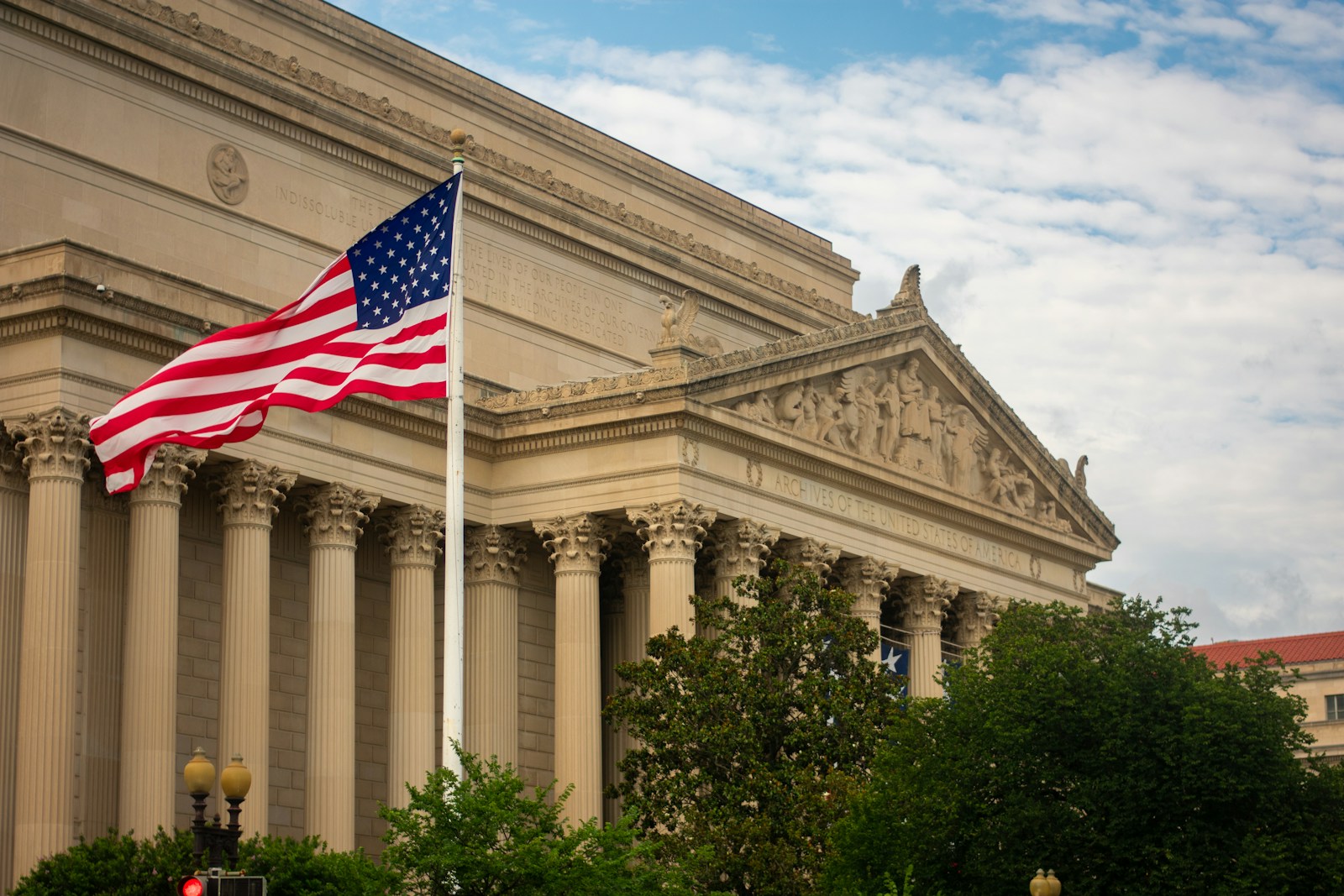Key Takeaways:
- A majority of federal judges say the Supreme Court’s increased use of its emergency docket is troubling.
- Out of 65 judges interviewed, 47 called this “shadow docket” use inappropriate.
- Since January, the Court used the shadow docket 14 times in high-profile cases.
- Many judges find these rapid rulings demoralizing and unfair to lower courts.
- The Supreme Court often rules for Trump on the shadow docket, winning 21 of 23 cases.
Understanding the Shadow Docket
The shadow docket is the Supreme Court’s emergency process. Instead of full hearings and written opinions, the Court issues quick, unsigned decisions. First, a lawyer or party files an urgent request. Next, justices decide with little explanation. Therefore, the public and lower courts see only brief orders. Moreover, these rulings can change major policies overnight. For a long time, the Court used this route sparingly. However, usage has surged in recent years.
Why Federal Judges Oppose the Shadow Docket
Many judges worry that the shadow docket erodes trust in the courts. In a New York Times report, judges—many appointed by Republican presidents—spoke up. They said these quick rulings felt “incredibly demoralizing and troubling.” One judge likened the situation to “a war zone” for district courts. Another called it a “judicial crisis.” Overall, judicial leaders say the Court gives too few reasons for its choices. As a result, lower courts and the public can’t follow legal logic.
How Often the Court Uses the Shadow Docket
The Supreme Court used the emergency docket 14 times since January. In each case, the Court moved faster than normal. Normally, the Court hears arguments, issues opinions, and writes detailed explanations. Yet shadow docket cases skip these steps. These fast rulings can block or allow rules on immigration, voting, or health care almost instantly. In the past, such speed was rare. Now, with 14 cases in months, judges worry about knee-jerk decisions.
The Impact on Lower Courts
District courts and appeals courts decide most cases first. Their judges write detailed opinions. Then, the Supreme Court can review those opinions months later. However, the shadow docket lets the high court override lower courts in a flash. Judges feel this practice shows a lack of respect. They say it makes their work seem less valued. Consequently, district judges find it hard to guide lawyers or set clear rules. In addition, sudden changes create confusion about which rules apply.
The Supreme Court’s Choices and Trump’s Cases
Since President Trump returned to office, the Supreme Court ruled on 23 cases testing his power. Of those, 21 rulings sided with Trump. Fourteen were decided via the shadow docket. As a result, critics say the court seems to favor one party in secretive ways. However, defenders argue that emergency orders must be quick. They claim detailed opinions would delay urgent relief. Yet many judges disagree. They believe the Court can act fast while still giving clear reasons.
Looking Ahead
Federal judges say they have “no choice” but to speak out. They want more written opinions, signed by justices. Moreover, they seek a clearer path for handling urgent cases. Finally, they hope the Court will balance speed with transparency. Only then can public trust and respect for lower courts return. Until that shift happens, judges warn of growing frustration and doubt in America’s justice system.
Frequently Asked Questions
What exactly is a shadow docket?
A shadow docket is the Supreme Court’s emergency process. It uses quick, unsigned rulings without full hearings. These orders lack detailed explanations.
Why do judges call it inappropriate?
Judges worry the shadow docket harms transparency. They say rapid, unexplained orders disrespect lower courts. They believe it creates confusion and doubt.
How often does the Court use the shadow docket?
Recently, the Court used it 14 times since January. This marks a sharp rise compared to past years, when such cases were rare.
Can the shadow docket decisions be challenged?
Yes. Parties can ask the full court to review its own emergency ruling. Yet the process remains fast and opaque. More detailed opinions are not guaranteed.

